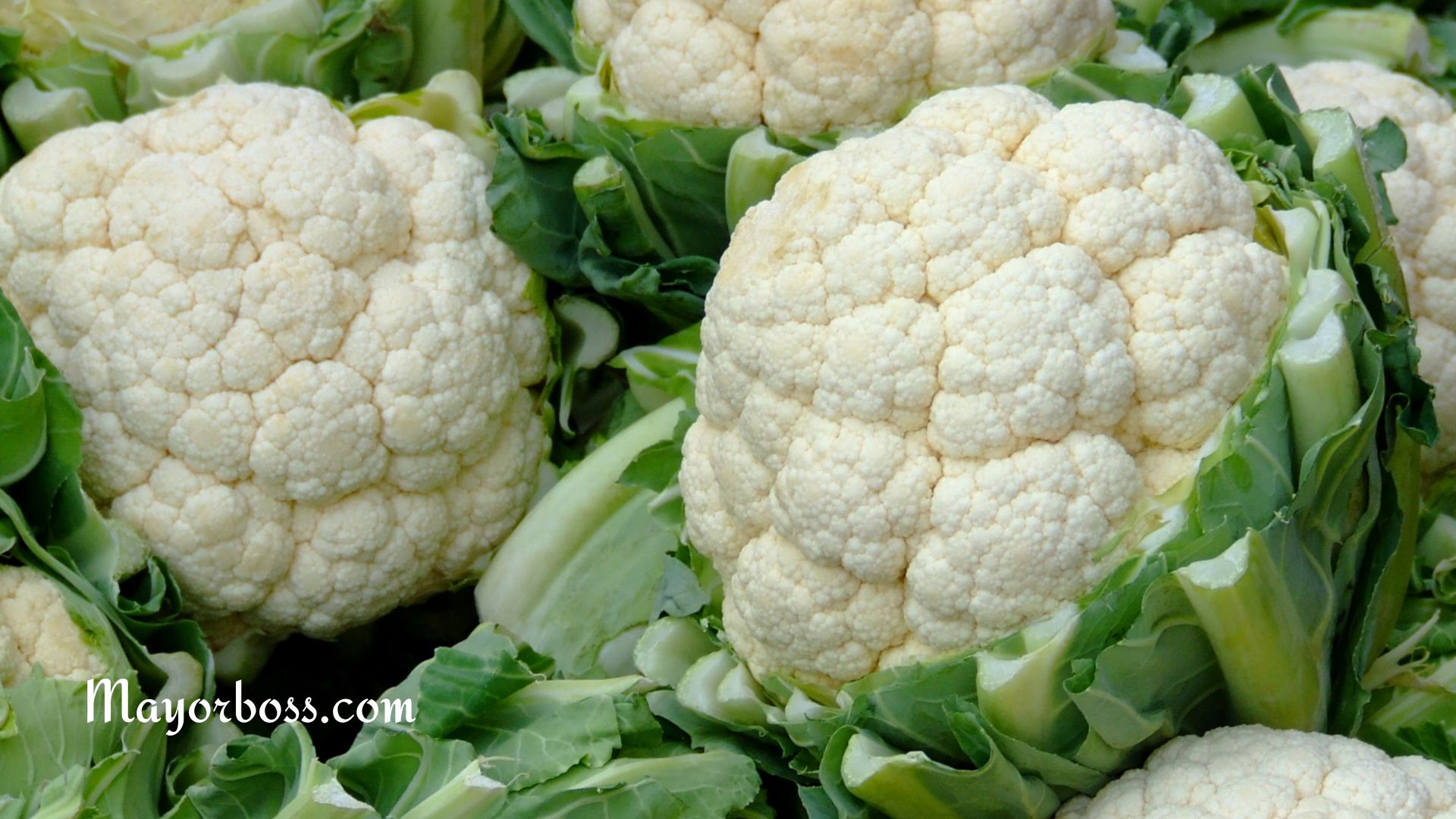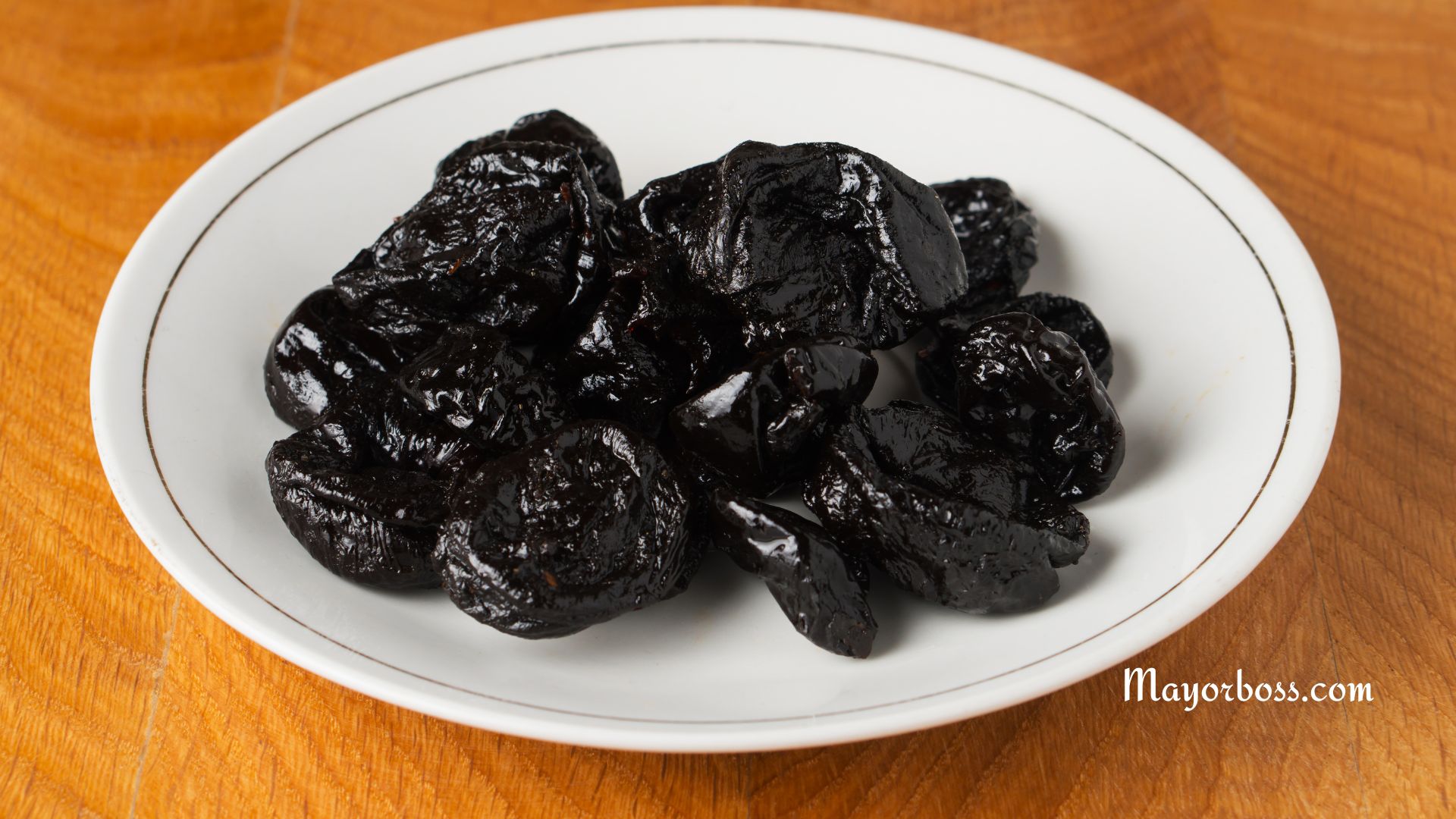What Happens to Your Body When You Eat Rice Every Day
If I were to ask you, “What is the most consumed staple food worldwide?” you’d likely answer, “Rice.” You’re right!
Rice, you may know, stands as a primary food source for over half the world’s population. Its different types, including white, brown, black, and red varieties, each carry their unique nutritional profiles.
I’ve found that in many cultures, like those in Asia, Latin America, and parts of Africa, rice is deeply ingrained, no pun intended, in culinary traditions and daily meals.
The Nutritional Profile of Rice
According to the U.S. Department of Agriculture (USDA), the nutritional values of different types of rice per 100 grams (cooked) are as follows:
White Rice
- Calories: 130 kcal
- Protein: 2.7 g
- Carbohydrate: 28.2 g
- Dietary Fiber: 0.4 g
- Fat: 0.3 g
- Folate: 59 µg
- Calcium: 1 mg
- Iron: 1.46 mg
- Potassium: 26 mg
- Sodium: 0 mg
Brown Rice
- Calories: 112 kcal
- Protein: 2.6 g
- Carbohydrate: 23.0 g
- Dietary Fiber: 1.8 g
- Folate: 4 µg
- Fat: 0.9 g
- Calcium: 10 mg
- Iron: 0.5 mg
- Potassium: 79 mg
- Sodium: 1 mg
Wild Rice
- Calories: 101 kcal
- Protein: 3.9 g
- Carbohydrate: 21.3 g
- Dietary Fiber: 1.8 g
- Fat: 0.34 g
- Folate: 26 µg
- Calcium: 3 mg
- Iron: 0.6 mg
- Potassium: 101 mg
- Sodium: 3 mg
Please note that these values are approximate and may vary depending on the specific variety and cooking method.
Additionally, micronutrient content, such as vitamins and minerals, may differ. It is always a good idea to check the label or packaging of the rice you purchase for more accurate information.
What Happens to Your Body When You Eat Rice Every Day
It’s fascinating! Rice, being a carbohydrate, breaks down into glucose during digestion. This glucose is what keeps your energy levels up, maintaining your body’s metabolism.
Put simply, rice digests slowly, providing a steady supply of energy.
What about weight management, you ask? Here’s the deal: white rice has a high glycemic index, meaning it can cause rapid spikes in blood sugar and lead to weight gain if consumed excessively.
On the other hand, brown rice, with its high fiber content, promotes feelings of fullness. That’s why I recommend it if you’re trying to lose weight.
Keep in mind it’s all about portion control.
Health Benefits of Daily Rice Consumption
Now, let’s talk about the potential health benefits of consuming rice daily. A diet that regularly includes rice could reduce the risk of chronic diseases.
Consuming brown rice, particularly, has been associated with a lower risk of heart disease and stroke due to its high fiber content.
Moreover, research suggests that the resistant starch in rice may promote healthy gut bacteria, potentially reducing the chance of diabetes.
It’s interesting how a simple grain can have such profound effects on our health, isn’t it?
Considerations and Risks of Eating Rice Every Day
However, as with anything, there can be too much of a good thing.
Regular consumption of rice, particularly white rice, may lead to blood sugar spikes. This is something to consider, especially for individuals with diabetes or insulin resistance.
Another concern with rice is arsenic. Arsenic is a toxic element that’s naturally present in the environment. It tends to accumulate in rice more than in other crops.
Now, this shouldn’t necessarily deter you from eating rice. Washing rice thoroughly, cooking it in a higher water-to-rice ratio, and diversifying your grains, for example, by consuming oats, buckwheat, corn, millet, or quinoa, can help lower arsenic levels.
The Takeaway
Eating rice daily provides essential nutrients like carbohydrates, protein, and micronutrients. It aids digestion and boosts metabolism and energy.
Regular consumption may reduce chronic disease risks. However, moderation is key due to potential arsenic contamination and blood sugar spikes, particularly with white rice.






